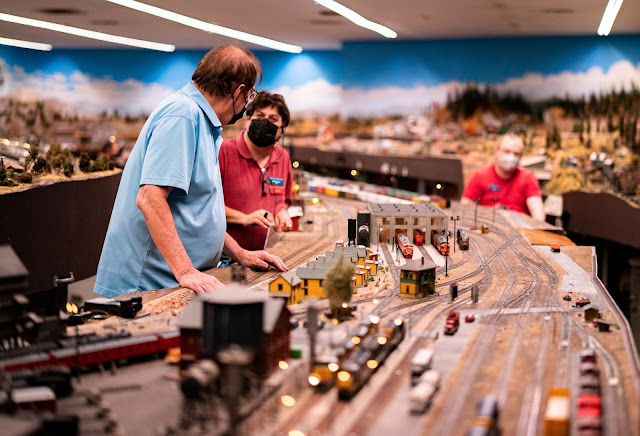Reasons to Cure the Stress and Distraction of Visual Noise
- ringing in your ears (even hearing loss);
- a headache;
- a sore throat, from shouted conversations with your companions;
- the inability to focus on anything except the noise, the traffic, the crowds, or the game.
It makes sense that the more we ask our brains to process and interpret, the more scattered our attention will be.
More of us are spending more time at home this year due to COVID-19. If your home is even remotely like the average American home, there are 300,000 items in it, from combs to coffee cups to comforters. This crowded space is where you're trying to work. It's where your children are trying to learn. It's where you're trying to forge intimate connections with the people you love.
All of the clutter – the stuff on the kitchen counters, the stuff on the dining table, the knickknacks, the pictures, the toys – adds to the weight and volume of visual noise. Your brain struggles to tune it out so you can tune in to important tasks, and that leads to anxiety, fatigue, and headaches. It makes it harder to get work done, and the added distractions can even impair learning.
There's only one way to reduce visual noise.
You simply have to own less.
This doesn't mean you have to live in austere, all-white rooms completely devoid of decoration. But it does mean:
- You need to remove enough duplicates and unneeded items from kitchen cupboards and drawers so you can put away the items that cover the countertops.
- You need to clear junk out of desk and dresser drawers so you have room to store the supplies and clothing that you actually need and use.
- You need to declutter closets so you can use them to store the linens, coats, and other items that are essential, rather than accumulated things you shoved in and forgot about.
- You need to help your child remove broken and unwanted toys so she can successfully put away the toys she actually likes and plays with.
- You need to remove the chairs you never sit in and the tables that only collect clutter in order to create less crowded living spaces.
- You need to nix half of your wall art and knickknacks to create a more peaceful background that lets your truly treasured items shine.
- You need to consider calmer decorating choices, such as walls, sofas, and bedding in more neutral tones, with small bursts of color and pattern for interest.
In the same way that gazing at the uncluttered vista of an ocean or a forest uplifts and relaxes us, a peaceful, visually quiet home reduces stress. It's also easier to keep clean, and can improve relationships, learning, and productivity.
Your home can become such a haven. Get started here or here. Or zero in on clothes, toys, or your kitchen.
Updated April 2023







Comments
Post a Comment